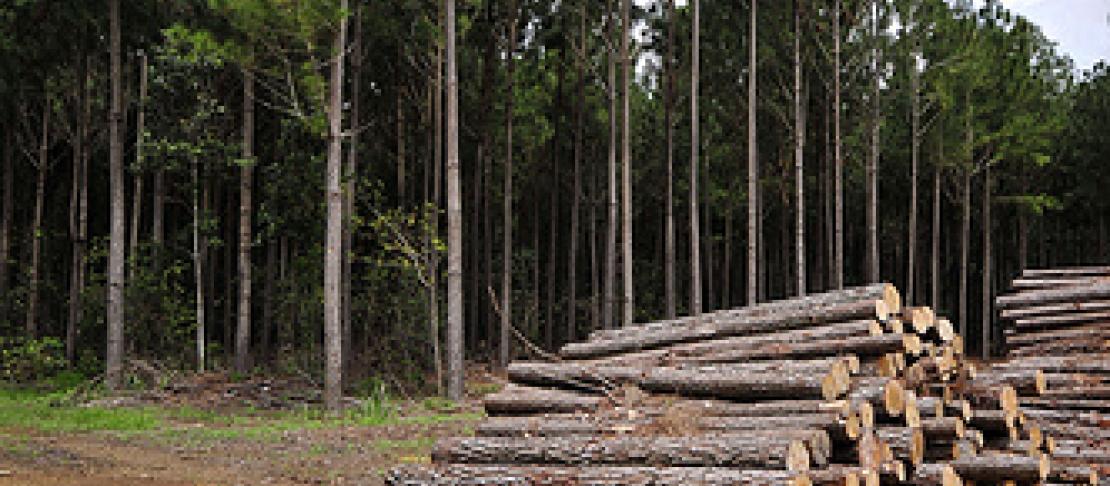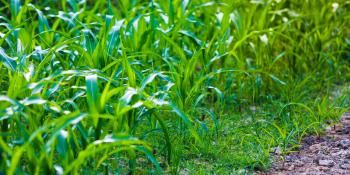Updates from Workshop on Commodity Roundtables & Avoided Forest Conversions in Subnational REDD+

Guest Blog by Gabrielle Kissinger, Lexeme Consulting
Representatives from research institutions, NGOs, standards organizations, and food commodity roundtables met in San Diego, California in early September in the workshop The Role of Commodity Roundtables & Avoided Forest Conversion in Subnational REDD+ to discuss how we can increase global commodity production while at the same time sparing our carbon-rich forests and peatlands. The FAO predicts the need for a 70 percent increase in food production by 2050. Some researchers have pointed to the need to simply increase food production yields to meet that need, however others site examples of how increased yields make it more economically feasible for farmers to expand their operations further, to the detriment of forests and their carbon storage.
While REDD+ holds great potential to reward land stewards for keeping forests in-tact, current national-level REDD+ strategies and actions generally fail to address agricultural drivers. This failure consists largely of conflicting national policies, lack of critical cross-sectoral commitments and support for REDD+, tenure issues especially related to smallholders, and commodity-market related issues that must be addressed for REDD+ to succeed. To read more about this please see CCAFS policy briefs 'Linking forests and food productionin the REDD+ context' and 'Actions needed to halt deforestation and promote climate-smart agriculture' (PDF).
Recent studies confirm that agricultural production for domestic urban growth and exports to other countries are the primary drivers of tropical deforestation and most new agricultural land comes from intact and disturbed forests, rather than previously cleared land, and this trend is expected to continue. The workshop was the first of its kind to explore how agricultural yields can be increased while reducing conversion of forests, and specifically how food commodity roundtables can enable this strategy. Discussions started by testing existing data and assumptions about the extent of agricultural expansion into forests, resultant emissions, projecting future global food, fiber and biofuel scenarios, and evaluating how current tools, such as REDD+, can meet these needs.
Commodity roundtables: part of the solution
The role of commodity roundtables in promoting solutions to increasing yields without agricultural expansion was explored in detail at the workshop, aided by the presence of beef, biofuel, palm oil, soy and sugar commodity roundtable representatives. These commodity roundtables differ in their percentage of market share, regional versus global reach, and ability to link producers with suppliers. However what the roundtables have in common is the ability to organize producers, to encourage best practices and standards including setting benchmarks, and promoting better supply chain commitments and tracking. The workshop concluded with commitment to explore the degree to which commodity roundtables could be more closely aligned with REDD+, such as how climate finance (via short-term subsidies or loans) could help reduce barriers to certification. What is clear is that one strategy is not enough to address the often conflicting forest and agriculture interface. Rather, tools will need to be applied in tandem, including REDD+, payments for environmental services, voluntary commitments, standards, regulations, and lending policies, and be tailored to each unique situation and its unique drivers of deforestation.
To read more about REDD please see CCAFS newly released working papers on REDD sticks and carrots in the Brazilian Amazon. Assessing costs and livelihood implications (PDF) and Swidden, Rubber and Carbon. Can REDD+ work for people and the environment in Montane Mainland Southeast Asia? (PDF).


